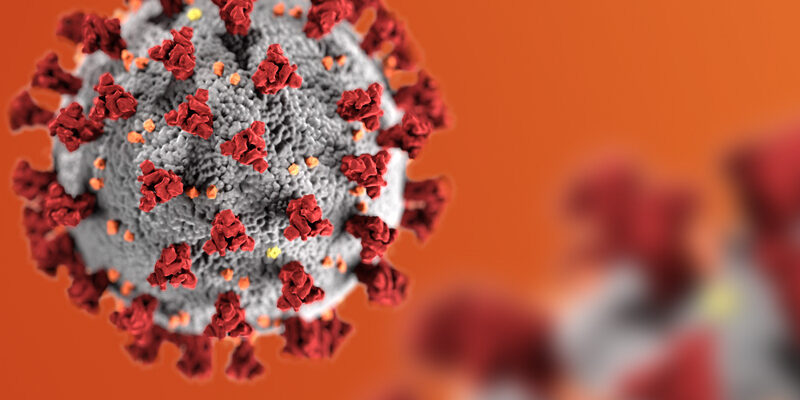Key Points/Overview
Because it can readily dissolve in water and other organic compounds, ethanol is an ingredient in a range of products, including personal care and beauty products, paints, varnishes and fuel.
In personal care products, ethanol can be used as an astringent and preservative. It’s used as a solvent in some household products including paint. Most gasoline in the United States contains ethanol for increased performance of vehicles.
As a food additive, ethanol is used to evenly distribute food coloring and to enhance the flavor of food extracts. Because ethanol is a very pure form of alcohol, its use in foods is regulated by FDA and the Bureau of Alcohol, Tobacco and Firearms. The FDA has labeled ethanol as a Generally Recognized as Safe (GRAS) substance for use in food products.
Uses & Benefits

Personal Care Products
Ethanol is a common ingredient in many cosmetics and beauty products.1 It acts as an astringent to help clean skin, as a preservative in lotions and to help ensure that lotion ingredients do not separate, and it helps hairspray adhere to hair.
Because ethanol is effective in killing microorganisms like bacteria, fungi and viruses, it is a common ingredient in many hand sanitizers. The U.S. Centers for Disease Control and Prevention (CDC) recommends the use of hand sanitizers in situations where soap and water are not available.2 Practicing hand hygiene is also an important part of helping to stop the spread of COVID-19. Using hand sanitizers or alcohol-based hand rubs (ABHR) can help to inactivate SARS-CoV-2, the strain of coronavirus that causes COVID-19.

Household Products
Ethanol mixes easily with water and many organic compounds and makes an effective solvent for use in paints, lacquers and varnish, as well as personal care and household cleaning products. As an additive to cleaning products, ethanol is also used as a preservative because it is effective in knocking out organisms that could pose a danger to consumers.3

Food Additives
As a food additive, ethanol can help evenly distribute food coloring, as well as enhance the flavor of food extracts. For example, vanilla extract, a common food flavoring, is made by curing and processing vanilla beans in a solution of ethanol and water. In the United States, the Food and Drug Administration (FDA) only allows vanilla to be called “extract” when it has an alcohol or ethanol base.4

Fuel
More than 98 percent of U.S. gasoline contains ethanol, typically in a mixture called E10, made up of 10 percent ethanol and 90 percent gasoline, to oxygenate the fuel and reduce air pollution.5) Ethanol has a higher octane number than gasoline, providing premium blending properties, according to the U.S. Department of Energy.5 Minimum octane number requirements prevent engine knocking and maintain drivability.

Safety Information
Ethanol is highly flammable and should not be used near open flames. Ethanol inhalation can cause coughing or headaches, according to the CDC.
FDA has labeled ethanol as a Generally Recognized as Safe (GRAS) substance, which means that a panel of qualified experts determined that ethanol is safe to use in food products.6 Because ethanol is a very pure form of alcohol, its consumption and use in foods is regulated by the U.S. Food and Drug Administration (FDA) and the Bureau of Alcohol, Tobacco and Firearms.
Ethanol Safety
To discourage the drinking of pure ethanol from personal care or cleaning products, a “denaturant,” such as a bitter flavoring, is usually added. Denaturants make alcohol unsuitable for human consumption, but does not change the other properties of the substance.
Sources
- SD Alcohol 39-C – Cosmetics Info
- Hand Sanitizer Use Out and About – https://www.cdc.gov/handwashing/hand-sanitizer-use.html
- About Cleaning Product Ingredients | The American Cleaning Institute (ACI)
- CFR – Code of Federal Regulations Title 21 (fda.gov)
- Alternative Fuels Data Center: Ethanol Fuel Basics (energy.gov)
- CFR – Code of Federal Regulations Title 21 (fda.gov)
- TTBGov – dbmenu8sub1


